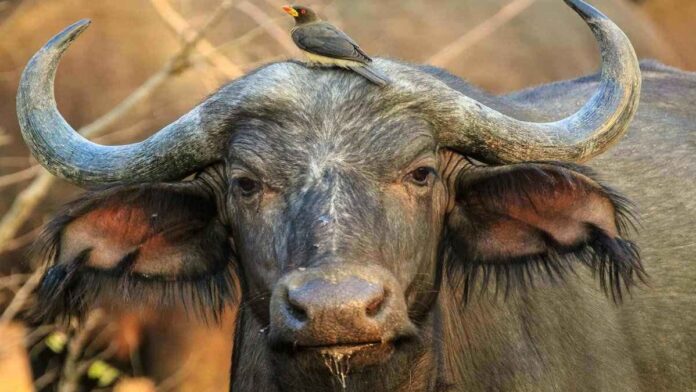Close your eyes and imagine the most dangerous animals in the world you can think of. What do you see?
A tiger? A silverback gorilla? While the movies we have seen often portray these creatures as some of the world’s most dangerous animals, they are certainly not the only deadly animals on the planet.
There are countless numbers of dangerous animals that take up residence from remote parts of nature to densely-populated cities all over the world.
In our list below, we rank the most dangerous animals around the world that have proven to be the deadliest and where to find them.
What is the most dangerous animal in the world?
- Lions
- Cone snails
- Golden poison dart frogs
- Box jellyfish
- Cape buffalos
- Pufferfish
- Dogs
- Saltwater crocodiles
- Black Mamba
- Hippopotamus
- Assassin bugs
- Tsetse Fly
- Mosquitoes
- Humans
- Kissing Bugs
- Stonefish
Here are the most dangerous animals in the world
1. Lions
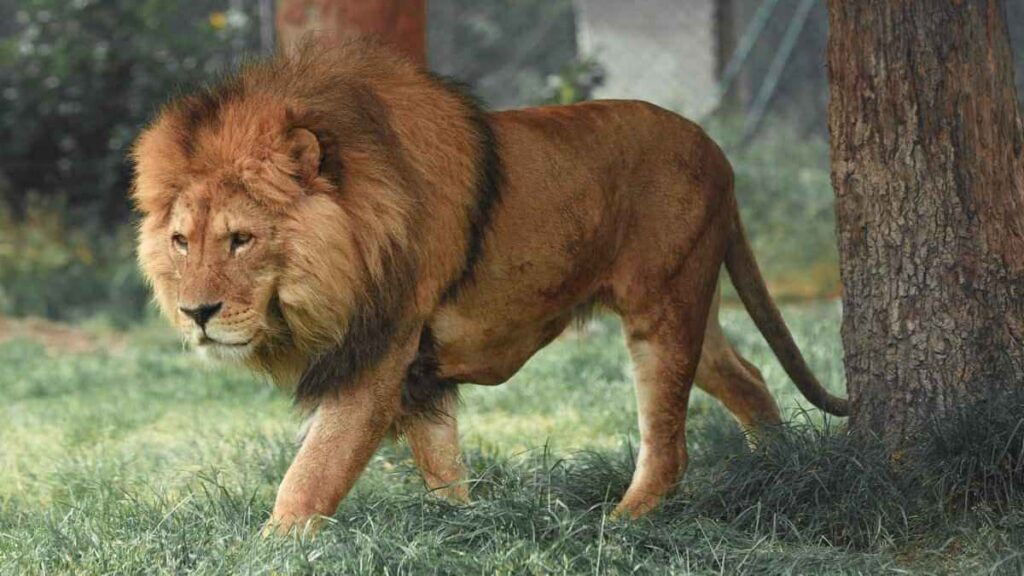
Lion– the king of the jungle, can be one of the most dangerous animals in the world. So far, the most notorious killer lions in history are the Tsavo man-eaters – two maneless lions who killed and ate more than 135 workers in Kenya in a period of just nine months in the year 1898.
Killing up to 250 humans every year, lions are definitely among the deadliest animals in the world even today. In fact, in some parts of Africa man-eating lions are known to kill humans to eat them as a supplement to other food, and not as a last resort.
2. Cone snails
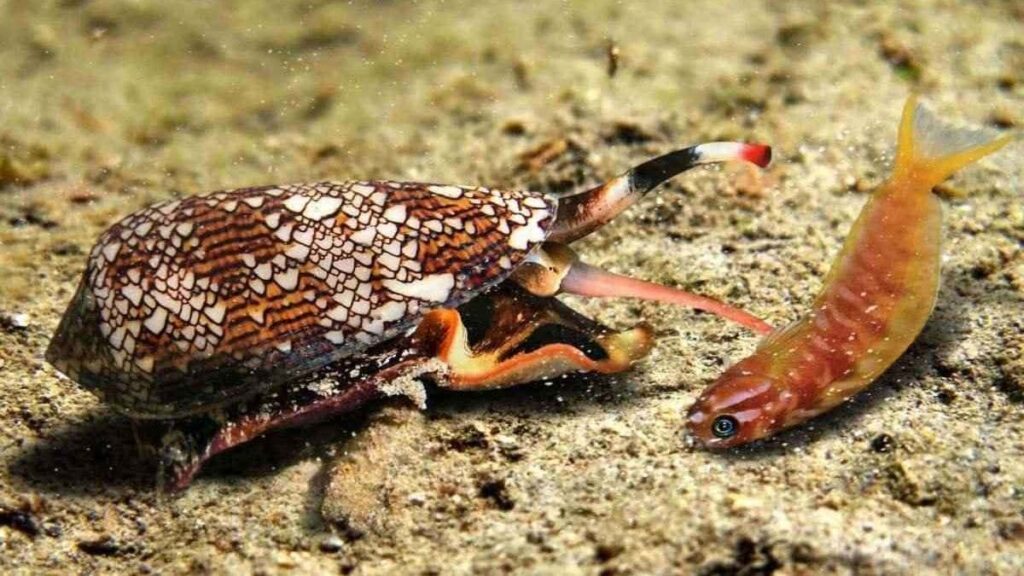
Naming this snail as one of the most dangerous animal in the world might make some people laugh, but these venomous snails are definitely not a joke. With concealed teeth carrying a complex venom called conotoxin, these small, 15-cm gastropods deliver a brutal sting that paralyzes their victims.
Once paralyzed, the victim only has moments to survive as no antivenom for it exists. Found in the shallow tropical shores of the Caribbean, Indonesia, and Hawaii, the brown-and-white marbled shelled snails are responsible for nearly 30 human deaths every year.
3. Golden poison dart frogs
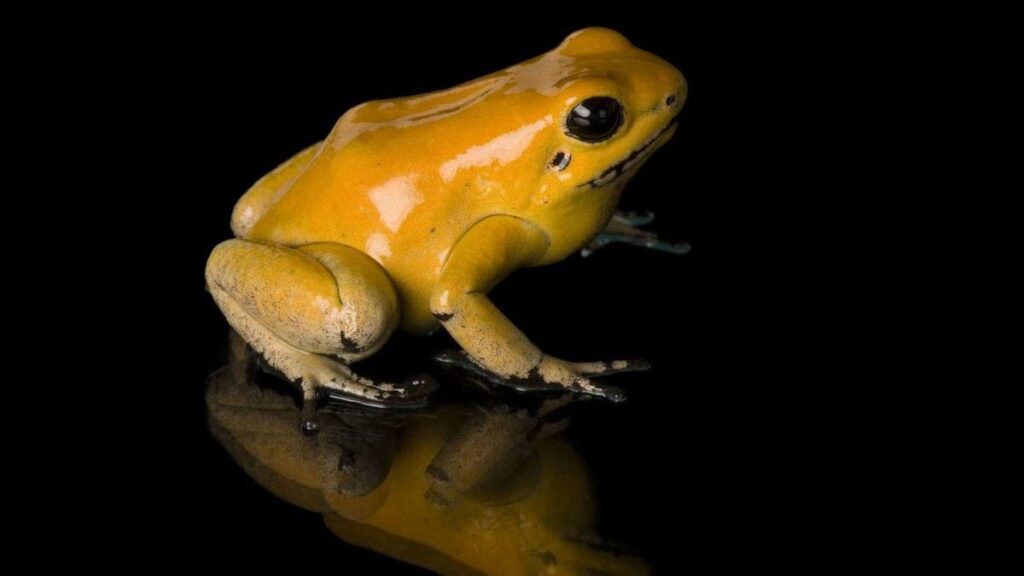
Inhabiting the rainforests along Colombia’s Pacific Coast, the Golden Poison Dart Frog hides its lethal poison under its skin. When simply touched, the victim’s rate of survival is minimal.
Because the poison is potent enough to kill 10 grown men, the indigenous Embera people laced their arrow tips with it and used it as lethal weapons. The poison would remain on the arrows for a year.
Roughly the size of a paper clip yet as deadly as ever, these bright-yellow frogs are considered by many as the most dangerous animal in the world.
4. Box jellyfish
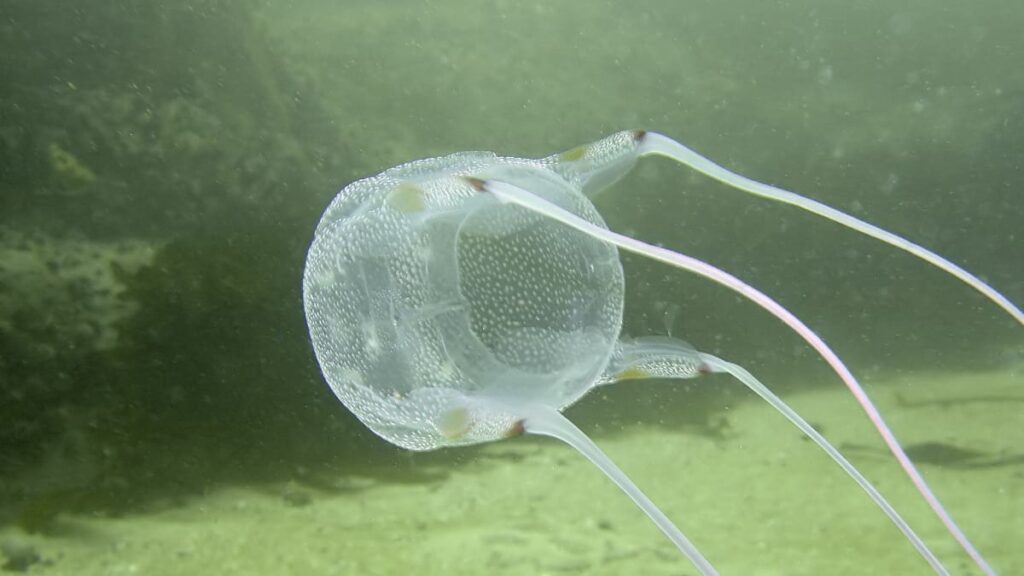
Floating along the Indo-Pacific waters north of Australia, these box-shaped, transparent jellyfish possess 3-meter-long tentacles that are lined with thousands of stinging cells. These cells contain toxins, called nematocysts, that assault the heart, nervous system, and skill cells all at the same time.
Of the 69 human deaths caused by box jellyfish in Australia since 1883, most victims experienced shock upon the sting that led to drowning or dying of heart failure before even getting back to shore.
Those who survived report lingering pain for weeks afterwards as well as long-lasting scarring. These seemingly harmless animals have been named as the most dangerous animals in the world.
5. Cape buffalos
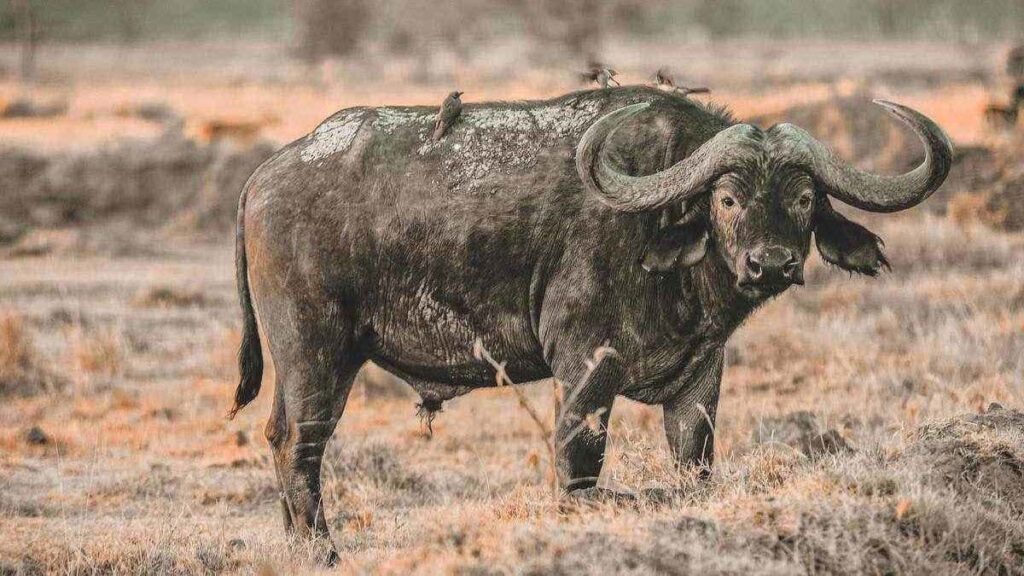
When you think of a fearsome, human-killing machine, buffalos do not usually spring first to mind. But do not underestimate these massive behemoths and their ability to kill when provoked.
Accounting for nearly 200 human deaths per year on average, the 2-meter-tall, 900-kilogram Cape Buffalo are typically peaceful creatures known to gather around watering holes to stay hydrated but can be among some of the most dangerous animals in the world.
It is not until they are, or even worse, their own calves are threatened that they unveil their dangerous side. Mess with their calves, and they will transform in their given nickname, Black Death.
Responsible for the most hunters’ deaths in their home continent, Africa, they do not hesitate to attack moving vehicles and will not stop charging if provoked.
6. Pufferfish
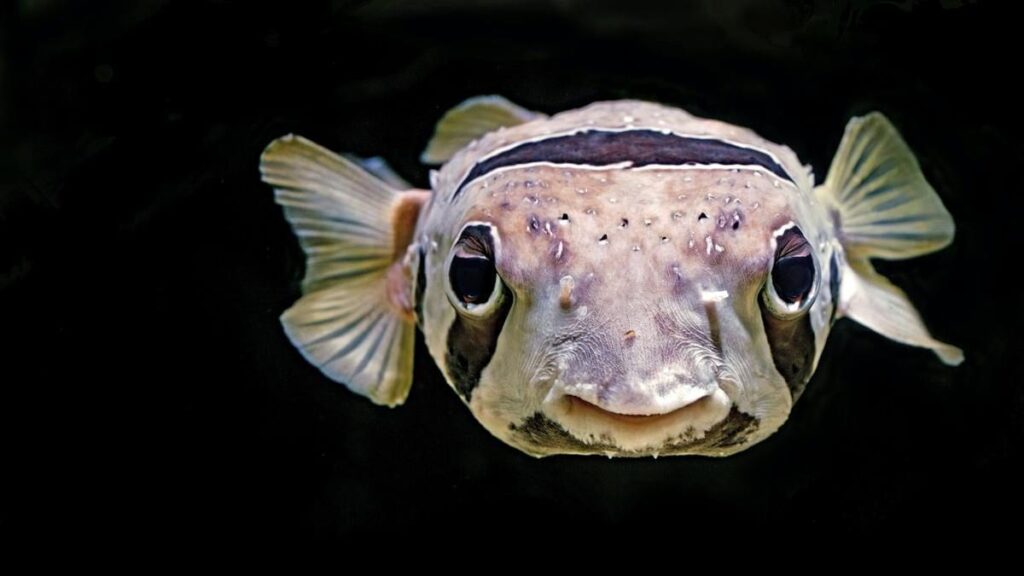
You might have heard of this notorious creature. The Japanese consider the pufferfish a dining delicacy. Select chefs are trained and licensed to handle the deadliest animals for human consumption, and the pufferfish is perhaps the deadliest of all. The neurotoxin, found inside the fish’s gonads, muscle tissue, liver, kidneys and skin, is 1,200 times more poisonous than cyanide.
If one were to consume it, they would experience muscle paralysis, dizziness, vomiting, deadening of the lips and tongue, difficulty breathing, and arrhythmia. If left untreated, they will die. Pufferfish can be found in tropical seas around the world, especially around China, Japan, and the Philippines.
7. Dogs

Known to be one of man’s best friends, dogs can also be dangerous. Responsible for more than 25-35000 deaths per year, dogs can be some of the most dangerous animals to humans.
More than 97% of the deaths caused by rabies all over the world are brought upon humans by dog bites. But, let us clarify that most of these deaths are caused by rabies-infected feral and stray dogs that bite people and spread the disease and, generally, not by the innocent furry friends at home.
READ MORE: Find out what are the most endangered species in the world
8. Saltwater crocodiles
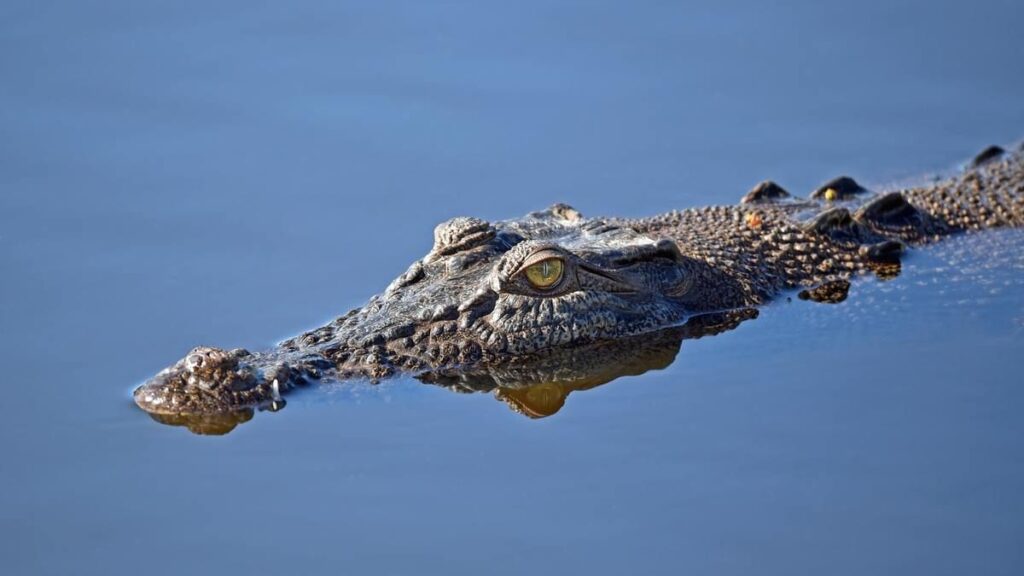
With a bite force rivalling that of the Tyrannosaurus Rex and being ranked as the largest species in the world, saltwater crocodiles rank among the most dangerous animals in the world. With some growing up to 900 kilograms and 7 meters long, saltwater crocodiles are easily provoked and very aggressive towards anyone or anything that stands in their way.
You can find this dangerous animal lurking the Indo-Pacific region ranging from parts of Vietnam and India all the way to Northern Australia. Crocodiles are one of the deadliest animals that attack and kill hundreds of people each year all over the world.
9. Black Mamba
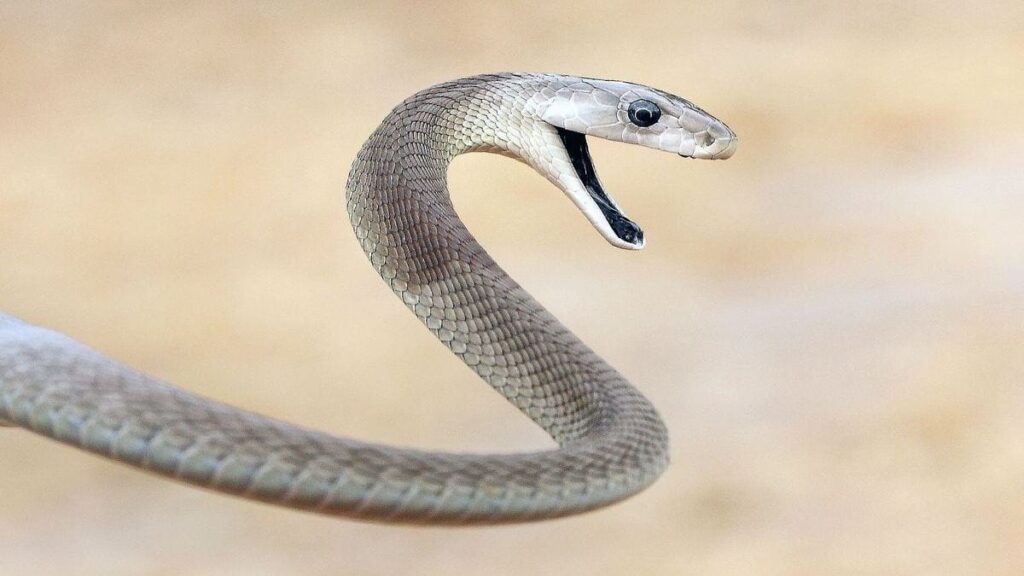
Slithering at nearly 20 kilometres per hour, this deadly snake is not only the most feared in Africa but is the fastest of all snakes.
Escaping the nearly 4-meter-long snake would be nearly impossible, and once it delivers its venomous bite strong enough to kill 10 people, you have a very limited 20 minutes to administer the antivenin or risk death.
Residing in the savannas in the southern and eastern parts of Africa, the black mamba typically strikes only when threatened.
10. Hippopotamus
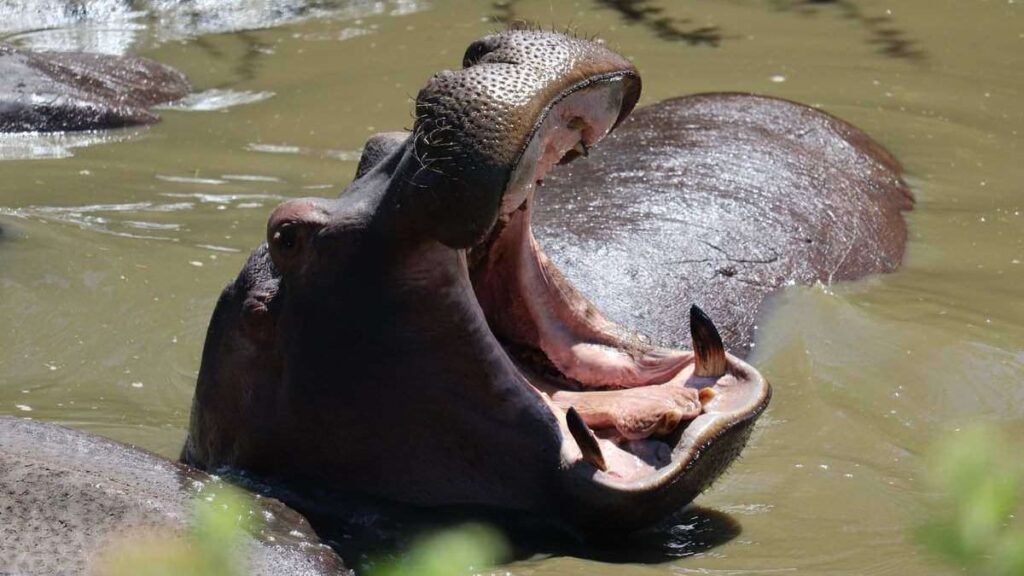
Responsible for the death of at least 3,000 people every year, hippos are among some of the deadliest animals on earth.
Hippos kill 500 people every year in Africa alone. Weighing between 3,000 to 9,000 pounds, they can crush humans to death.
Not only that, they can be aggressive and unpredictable, which makes them even more dangerous. They are known to upset boats for no reason at all and biting people with their huge, sharp teeth.
11. Assassin bugs
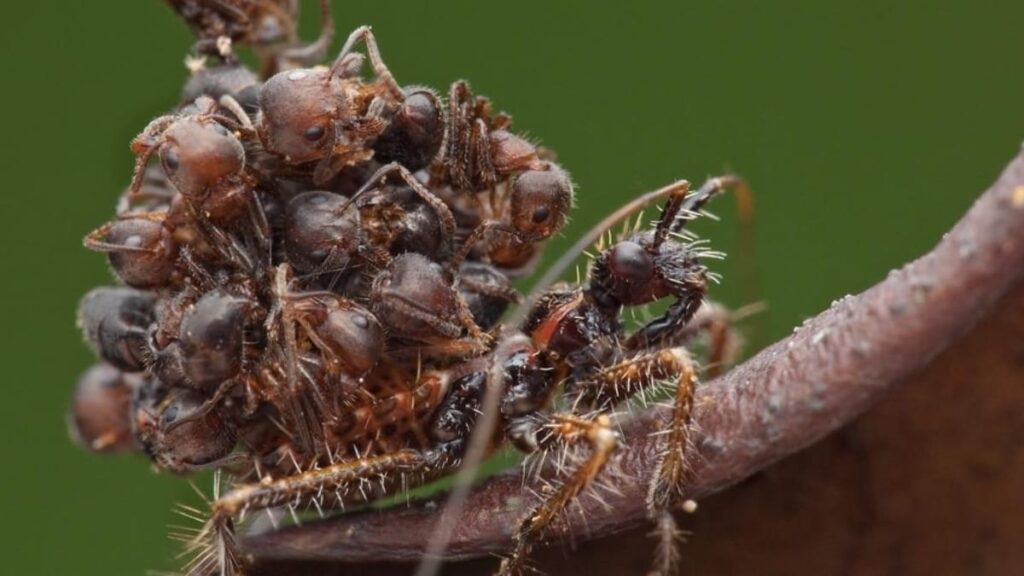
Are you surprised to see a bug in the list of the most dangerous animals in the world? Well, don’t be. These bugs suck their prey dry and then wear their corpses!
They can be seen lugging around massive piles of corpses of their former food as visual and olfactory camouflage. The corpse pile also acts as highly effective armour. There are around 7,000 species of this bug all over the world and their bites can be extremely painful.
The bloodsucking kissing assassin bug – a subspecies of this group, bites humans when they are asleep and if they defecate during the process, it can cause fatal heart diseases in the long run. They are responsible for the death of 10-12,000 people every year.
12. Tsetse Fly
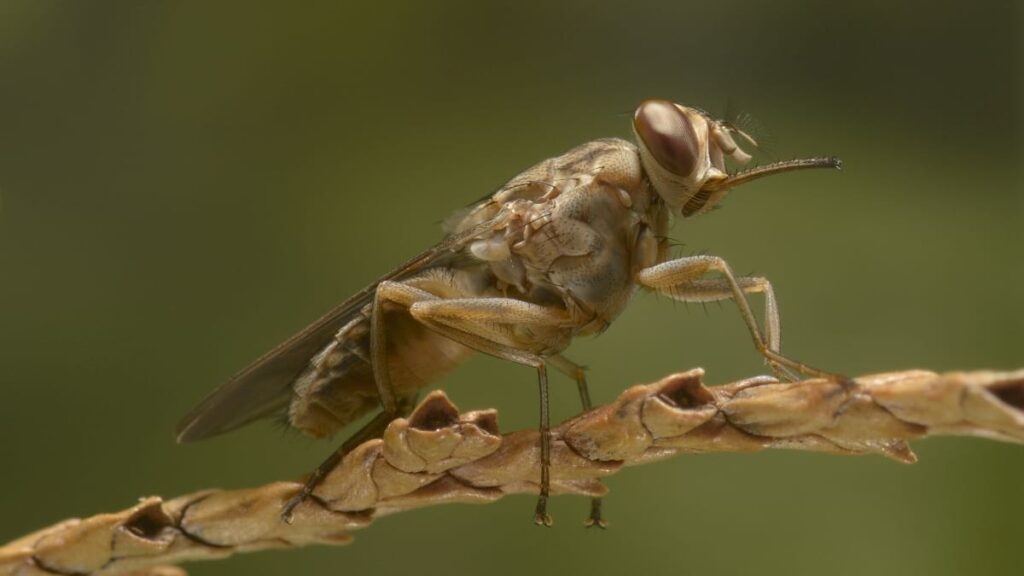
Regarded as the most dangerous fly in the world, the Tsetse fly inhabits the sub-Saharan countries of Africa, such as Sudan, Angola, and the Democratic Republic of the Congo.
What makes this fly especially dangerous is the parasite that it carries. Known as trypanosomes, these parasites cause sleeping sickness on the infected. If left untreated, victims are put on course to a slow, agonizing death.
13. Mosquitoes
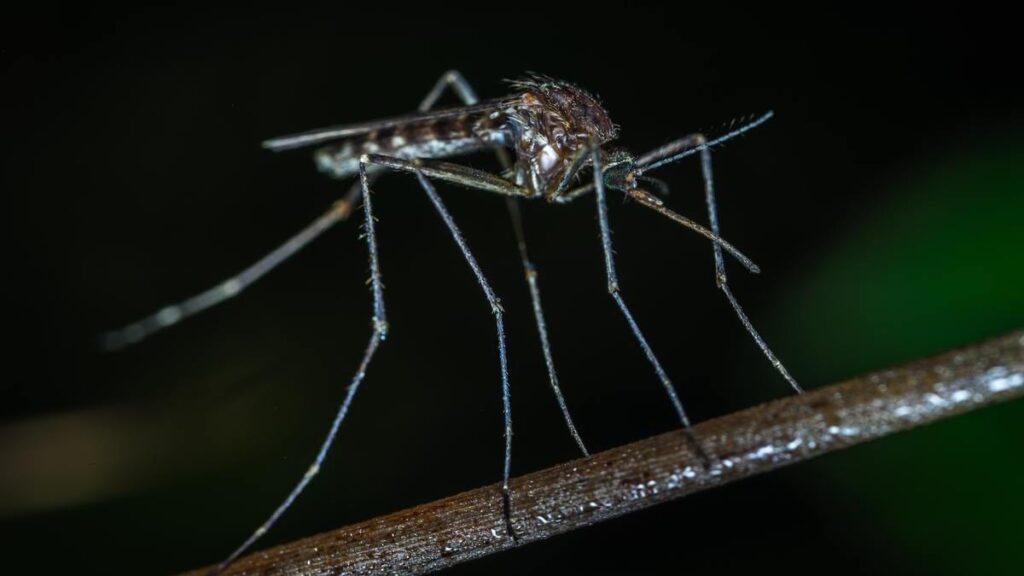
Such a tiny insect, yet often considered the most dangerous animal in the world. Malaria, chikungunya, encephalitis, elephantiasis, yellow fever, dengue fever, West Nile virus and Zika have been transmitted to the world population by mosquitos.
Collectively, these infections kill roughly 700,000 people per year. To prevent mosquito bites, your best action is to wear protective clothing and use insect repellents that contain DEET and picaridin.
14. Humans

Undoubtedly, the deadliest animals on earth are humans. Humans are animals, after all. Although we are living in one of the most peaceful periods of history, humans have been causing human deaths through warfare, violence, brutality, terrorist attacks, and more.
What is worse is that humans present a danger to other species as well with global warming and deforestation. Their selfish acts, such as hunting, poaching and over-tourism have made humans the most dangerous animals in the world.
15. Kissing bugs
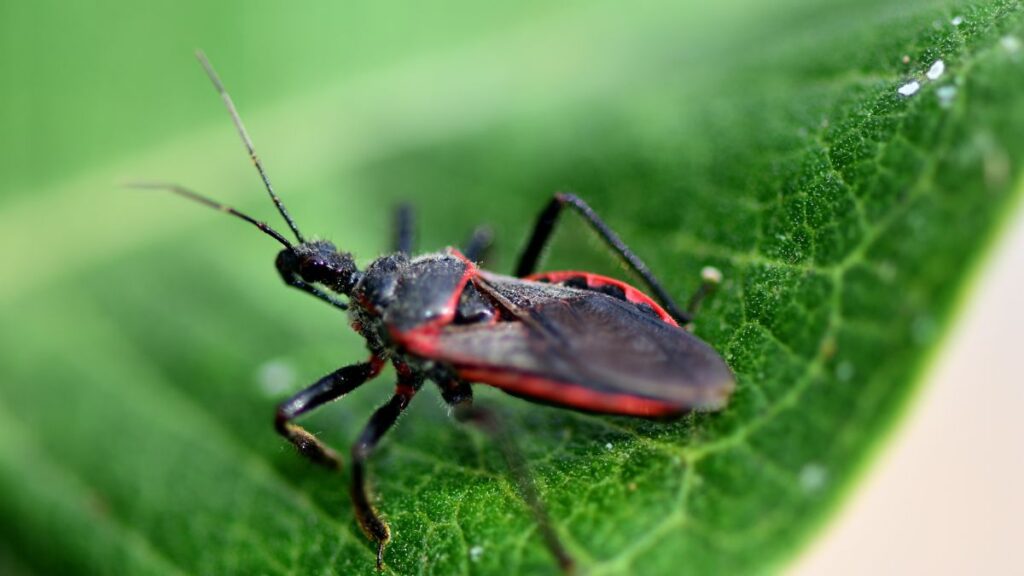
The term “assassin bug” refers to a group of over 150 different species of insects that have curved proboscis.
This proboscis is used as a tool, for defence, and hunting, and the proclivity of these species to target the soft tissue regions around human mouths is what earned them the more common name kissing bug.
Most kissing bugs are harmless to humans, except for an unusually painful bite; however, several species found in Central and South America transmit a dangerous disease known as Chagas disease. There are an estimated 12,000-15,000 deaths per year from organ failure resulting from this parasitic infection.
16. Stonefish
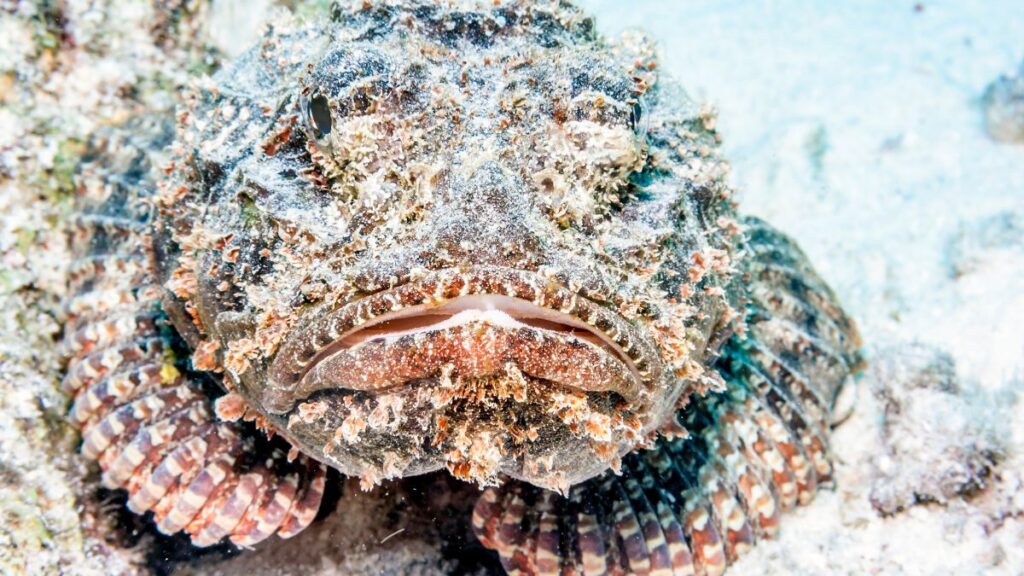
The most venomous fish known to humans is easy to overlook—which is intentional. After all, stonefish are named after their visual resemblance to rocks, sitting perfectly still and blending right into the seabed where an unsuspecting foot can easily step down on their dorsal fins, primed and ready to attack with potent neurotoxins.
The unluckiest clodhoppers will step hard, increasing the amount of venom injected; they may also activate the stonefish’s secondary defence mechanism known as a lachrymal sabre, which has been compared to a switchblade of the face (yikes). Stonefish venom can be fatal within an hour, so victims must seek antivenom as soon as possible, using water heated to over 113 °F (45 °C) in a bath to denature the venom.
Nature is the most wonderful and beautiful element of planet earth. Yet, at the same time, it can be terrifying and deadliest as the dangerous animals roam freely. The best that we can do to protect ourselves is to educate and prevent.

